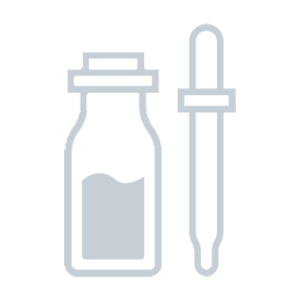Comparison between Be Minimalist Lip Balm SPF 30 vs. Dermal Therapy Lip Balm SPF 50
Find out which product is better for your skin.
Ingredients in both products 2
Components only in Be Minimalist Lip Balm SPF 30 27
Hydrogenated Polyisobutene, Diisopropyl Adipate, Propylene Glycol Dicaprylate/Dicaprate, C12-15 Alkyl Benzoate, Diisopropyl Sebacate and 22 more. Show all.
Uniqueness: 93.1%
Components only in Dermal Therapy Lip Balm SPF 50 20
Octocrylene, Theobroma Cacao (Cocoa) Seed Butter, Water, Lanolin, Butyloctyl Salicylate and 15 more. Show all.
Uniqueness: 90.9%
Face to Face
Components position by position
1
Petrolatum
1
Petrolatum
2
Hydrogenated Polyisobutene
2
Octocrylene
3
Diisopropyl Adipate
3
Theobroma Cacao (Cocoa) Seed Butter
4
Propylene Glycol Dicaprylate/Dicaprate
4
Water
5
C12-15 Alkyl Benzoate
5
Lanolin
6
Diisopropyl Sebacate
6
Butyloctyl Salicylate
7
Microcrystalline Wax (Cera Microcristallina)
7
Avobenzone
8
C18-38 Alkyl Hydroxystearoyl Stearate
8
Ethylhexyl Methoxycinnamate
Show others
Positive Effects
Find out what good effects the product has
Both products provide the following effects: , UV Protection, Moisturizing, Softening, Soothing, Protection, Hair conditioning
Effects unique for Lip Balm SPF 30:
Antioxidant, Cleansing, Anti-aging, Nutrifying, Rejuvenation, Hair structure improvement, Hair gloss, Hair protectionEffects unique for Lip Balm SPF 50:
Lightening, Antiseptic, Regeneration-- Show more --
ECO Metrics
Find out how eco-friendly the components are
Vegan
No
No
Cruelty free
No
No
Reef safe
Yes
Yes
Ozone layer safe
Yes
Yes
Organic score
natural
6 out of 29
21%
chemical
18 out of 29
62%
natural
5 out of 22
23%
chemical
13 out of 22
59%
Concerns
Pay attention to this information
-- Extra information --
Components by Skin Type
Find out what components are good or bad for your skin type
Dry skin
Positive: 1Negative: 0
Sodium Hyaluronate#22
Oily skin
Positive: 0Negative: 2
Petrolatum#1Ethylhexyl Palmitate#26
Sensitive skin
Positive: 0Negative: 0
Dry skin
Positive: 0Negative: 0
Oily skin
Positive: 2Negative: 1
Camphor#18Menthol#20Petrolatum#1
Sensitive skin
Positive: 1Negative: 1
Titanium Dioxide#16Menthol#20

